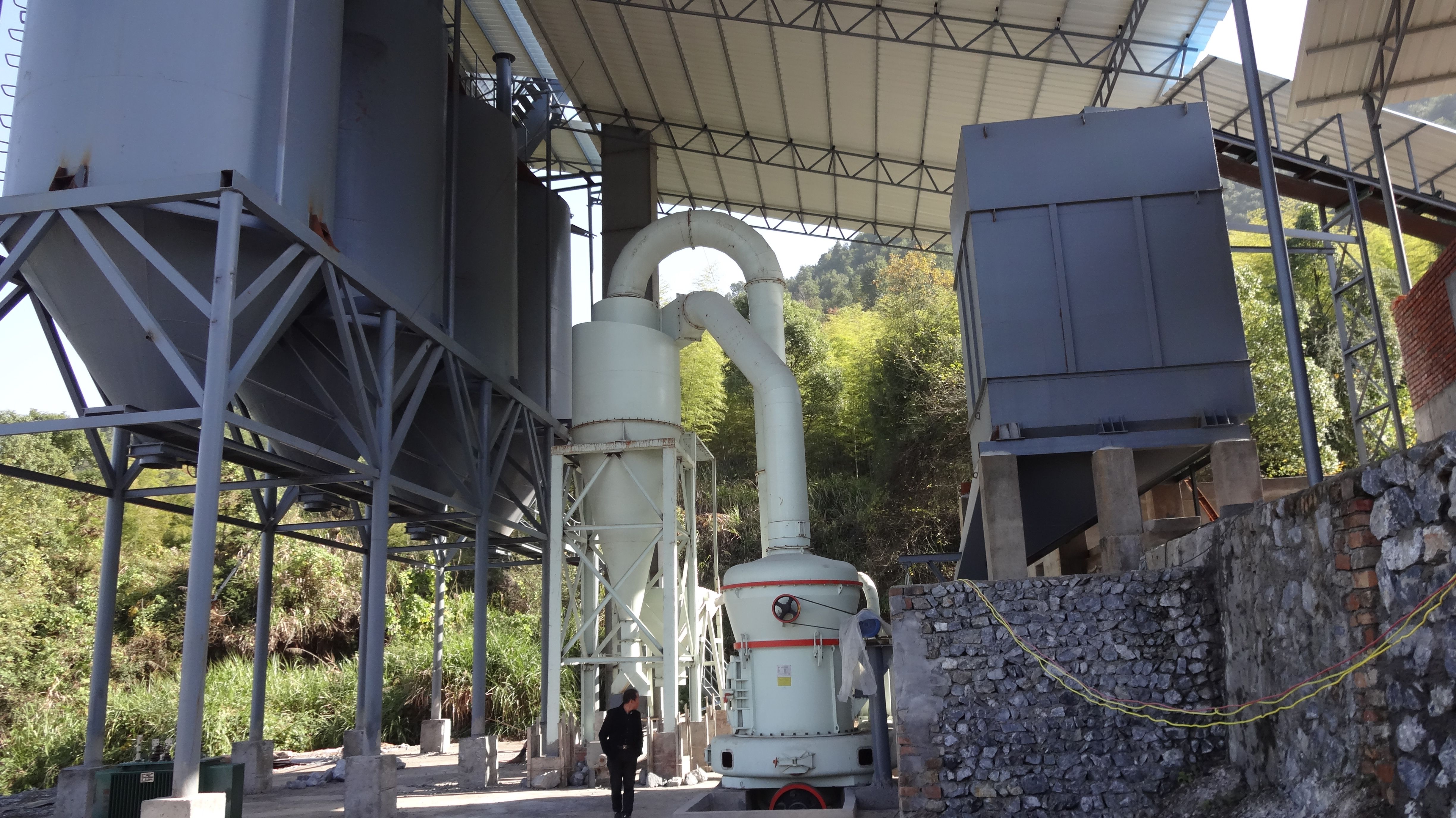How to choose a limestone grinding mill
Limestone is the commodity name for limestone used as a mineral resource. Limestone has been widely used in human civilization history due to its wide distribution and easy availability in nature. As an important building material, limestone has a long history of quarrying. Limestone is the primary raw material for manufacturing cement, lime, and carbide and is an essential flux limestone in the metallurgical industry. High-quality limestone, after ultrafine grinding, is widely used in the production of paper, rubber, paint, coatings, pharmaceuticals, cosmetics, feed, sealing, bonding, polishing, and other products. Limestone is an important resource, and with the continuous advancement of science and technology and the development of nanotechnology, its application field will further expand.
Limestone powder production is generally divided into four types: coarse powder processing (0-3mm), fine powder processing (20 mesh-400 mesh), ultrafine powder deep processing (400 mesh-1250 mesh), and micro powder processing (1250 mesh-3250 mesh). The limestone powder milling process mainly consists of the following stages:
Crushing: Limestone large chunks are crushed by a crusher to a feed fineness that can enter the milling machine (15mm-50mm).
Milling: After crushing, small pieces of limestone are sent to the storage bin through an elevator and then evenly and quantitatively fed into the milling chamber of the mill by a vibrating feeder.
For fine powder processing, vertical roller mills and T-type mills can be used.
For ultrafine powder processing, ring roller micro-powder mills and ultrafine vertical mills can be chosen.
For coarse powder processing, coarse powder mills can be selected.
Classification: The milled material is classified by a powder separator, and the unqualified powder particles are returned to the main machine for re-milling.
Collection: Powder particles that meet the fineness requirements are separated and collected in a dust collector, and the collected finished powder is transported to a finished product silo through a conveying device and then packaged uniformly using powder tank trucks or automatic packaging machines.
Through these steps, limestone is processed into powder of different fineness for use in various fields. Because the application of limestone powder is extremely wide-ranging and the requirements for fineness vary, we offer different milling machines to meet the diverse needs of different industries. Feel free to contact us for recommendations on the most suitable limestone milling equipment for your specific requirements.
Next Page: Why choose cone crusher for aggregate making?
Prev Page: How to process iron ore
Hot News
Recommended Case
- 550TPH Granite Aggregates Production Line in Henan
- 450TPH Limestone Gravel Production Line in Mexico
- 300TPH Feldspar Gravel and Sand Production Line in Gansu
- 200TPH Basalt Aggregate Production Line in Sri Lanka
- 300TPH Coal Gangue Crushing Production Line in Colombia
- 180TPH Waste Rock Crushing Production Line in Australia
